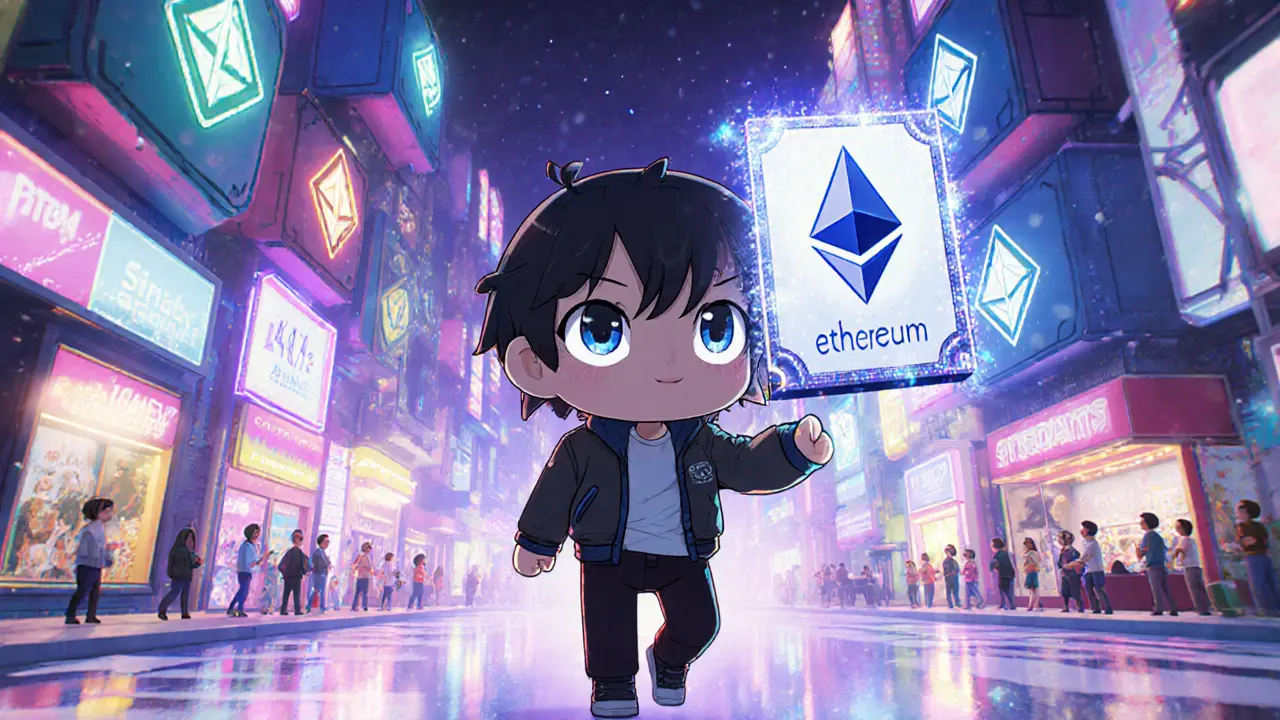Solana Metaverse: What It Is, How It Works, and What’s Really Happening
When people talk about the Solana metaverse, a collection of decentralized virtual worlds, games, and social spaces built on the Solana blockchain. Also known as Solana-based virtual environments, it’s not a single app—it’s dozens of projects trying to build the next version of the internet where you own your land, your avatar, and your stuff. Unlike older metaverse ideas that relied on slow, expensive blockchains, Solana’s speed and low fees make it one of the few places where real people can actually interact in virtual worlds without paying $50 just to log in.
The Solana blockchain, a high-performance public blockchain designed for fast, low-cost transactions. Also known as Solana network, it enables Solana metaverse projects to handle thousands of users at once—something Ethereum-based worlds still struggle with. That’s why you see games like Star Atlas, Degenerate Ape Academy, and The Ninth rising here. They’re not just NFT collections—they’re living worlds where you can fly, fight, trade, and build with others, all on-chain. And it’s not just games. Solana NFTs, unique digital assets on Solana that represent ownership of virtual land, items, or identities in metaverse spaces. Also known as Solana-based digital collectibles, they’re the backbone of these worlds. Your avatar’s hat? Your spaceship? Your plot of virtual real estate? All tied to an NFT that you control, not a company. That’s the difference. In Web2 metaverses, the platform owns everything. In Solana’s version, you do.
But here’s the catch: not everything labeled "Solana metaverse" is real. Some projects are just NFT drops with a fancy map and zero gameplay. Others vanish after the first month. The ones that stick? They have teams, roadmaps, and users who actually spend time there—not just buying and flipping. That’s why the posts below dig into what’s working, what’s fake, and what’s quietly building something lasting. You’ll find reviews of platforms that actually deliver, warnings about scams hiding behind metaverse buzzwords, and breakdowns of how these worlds connect to real DeFi, gaming, and digital ownership. This isn’t about future dreams. It’s about what’s live right now—and who’s still building.

